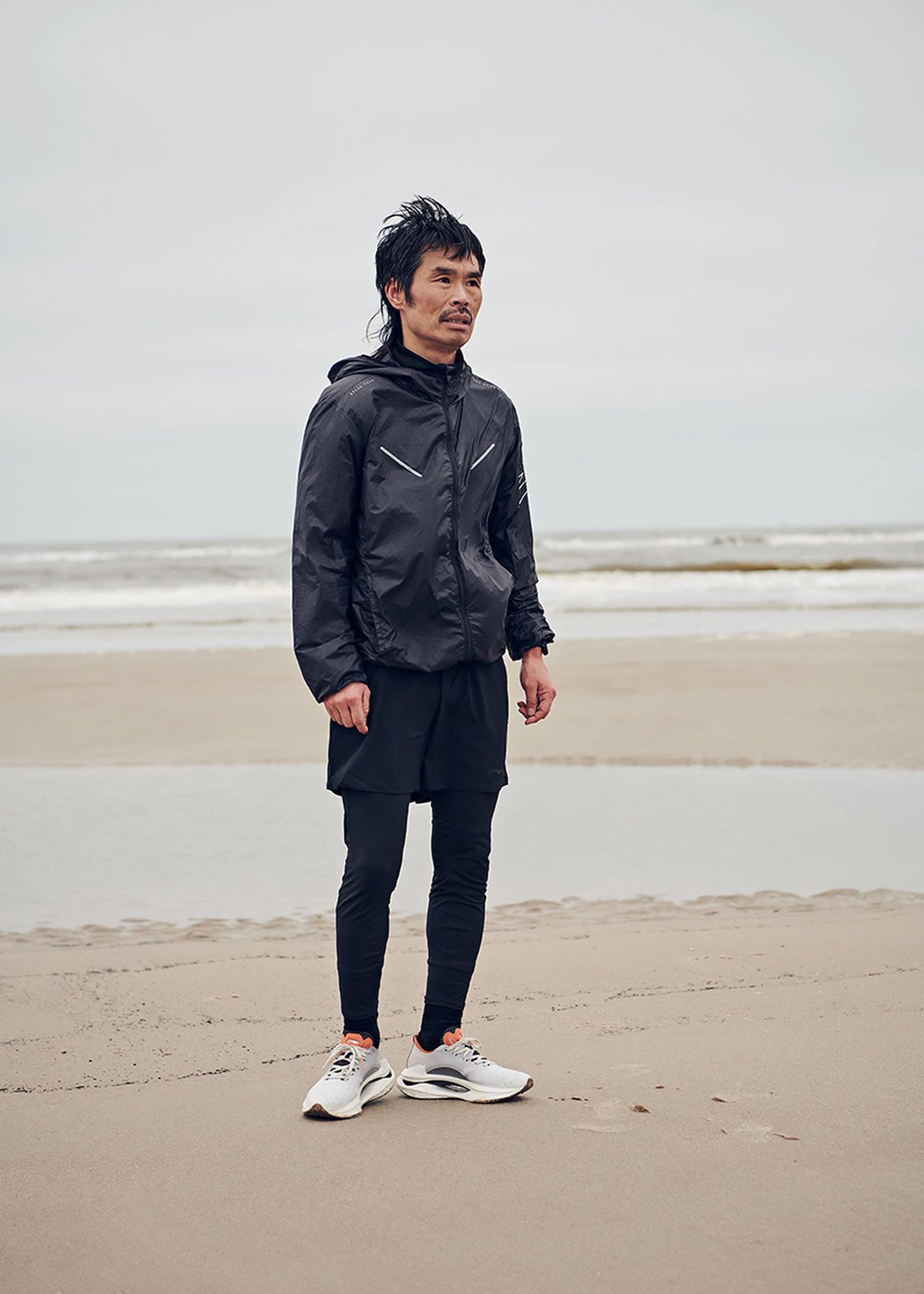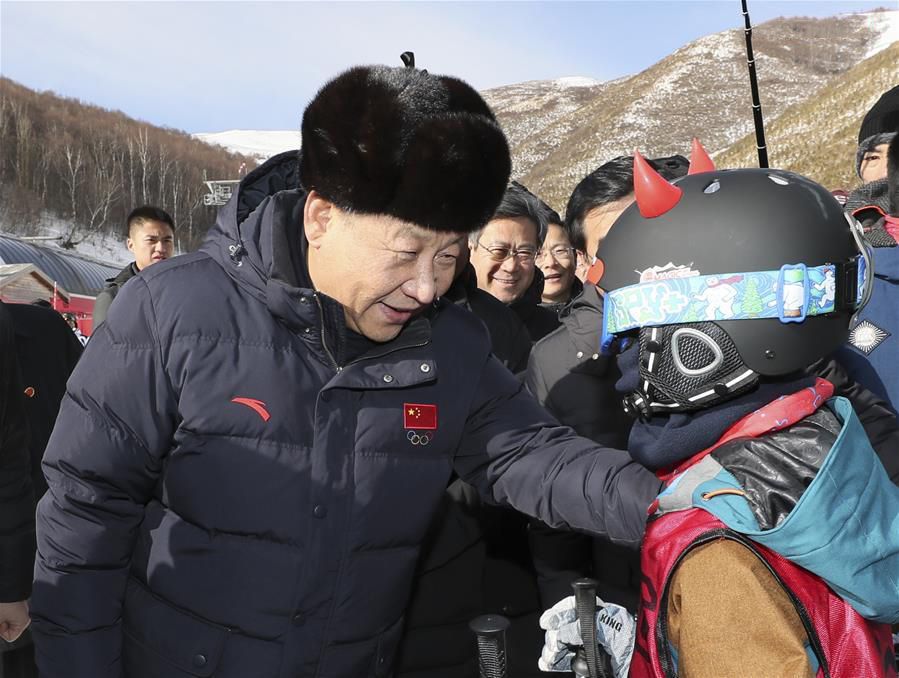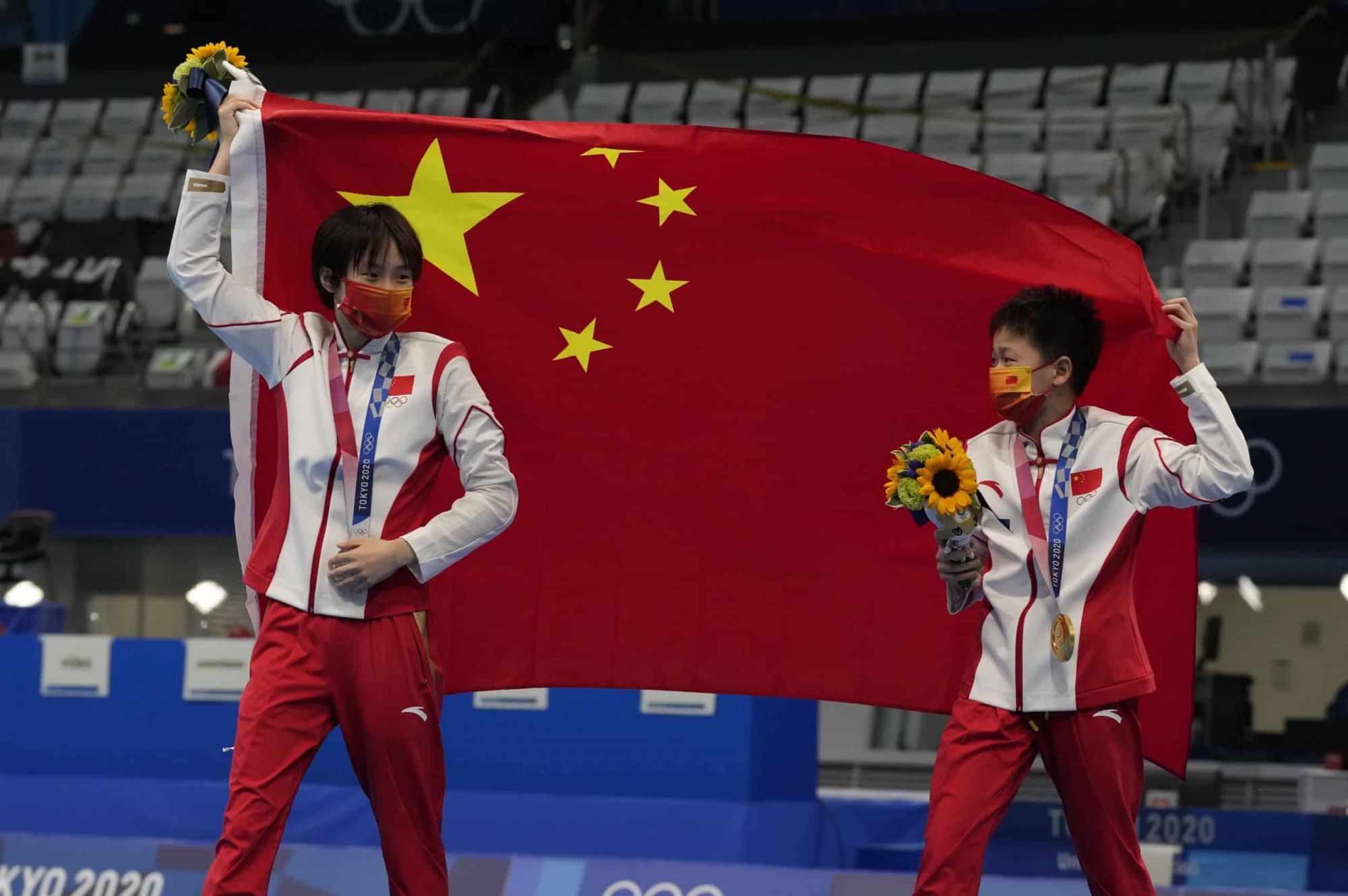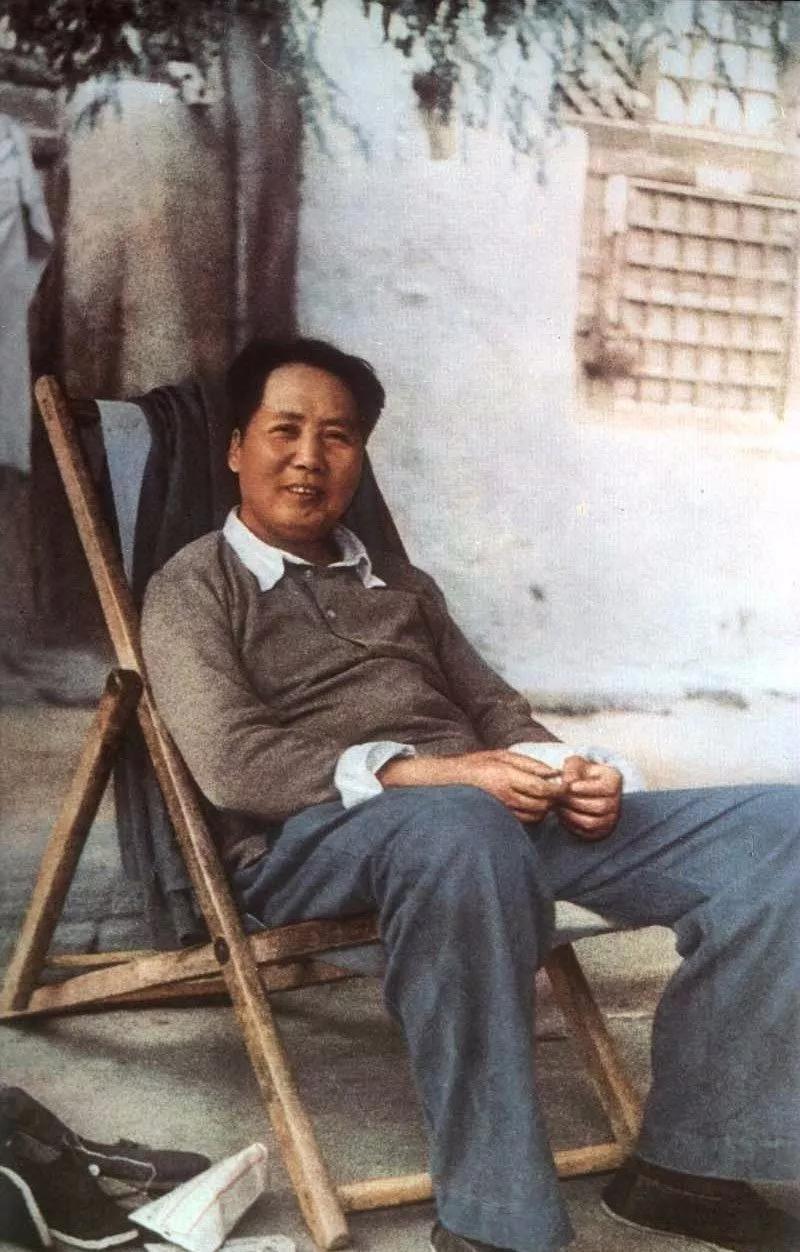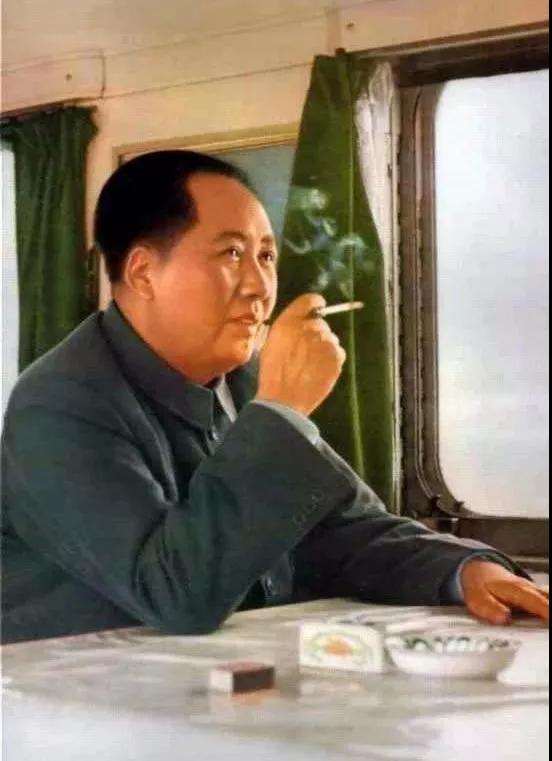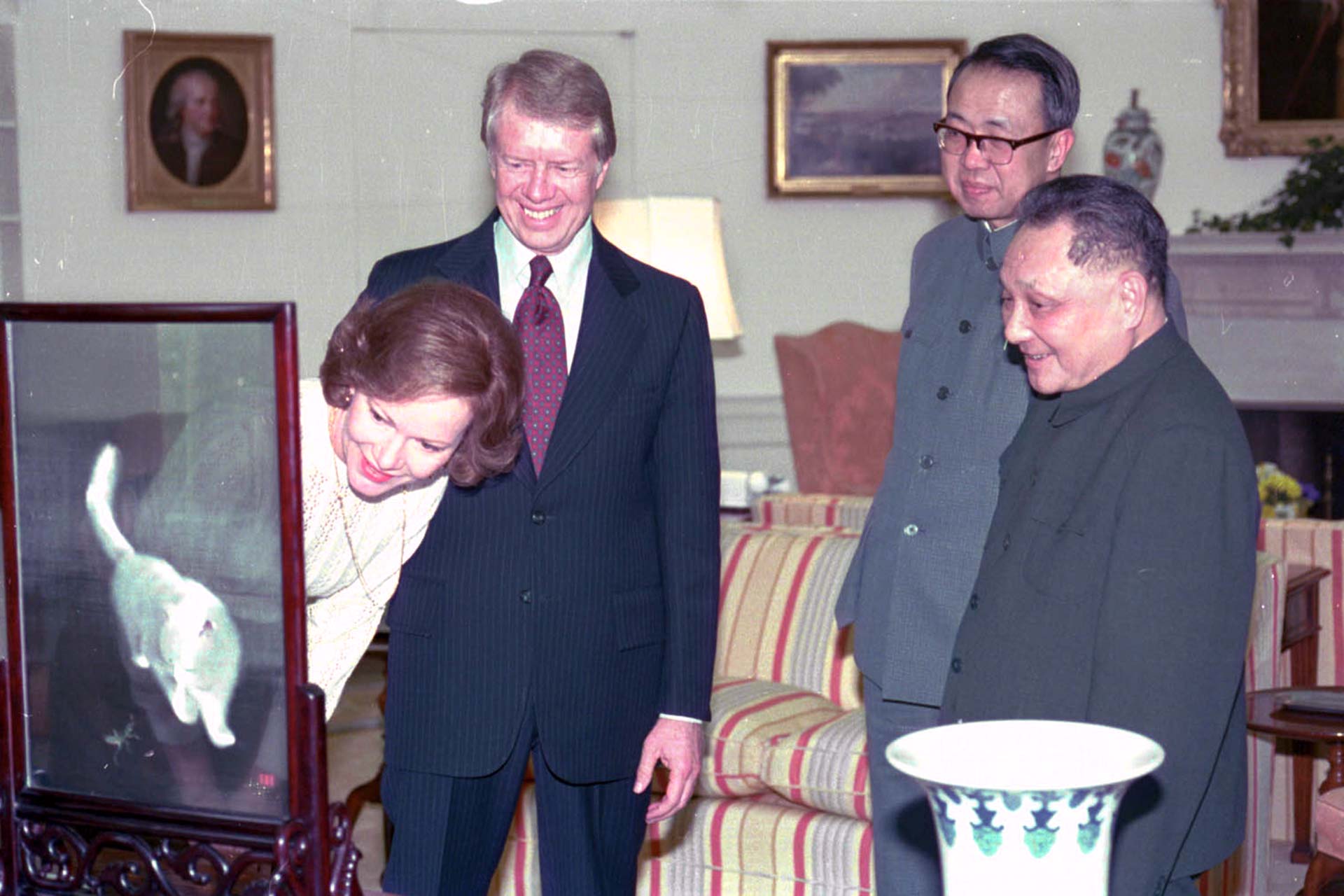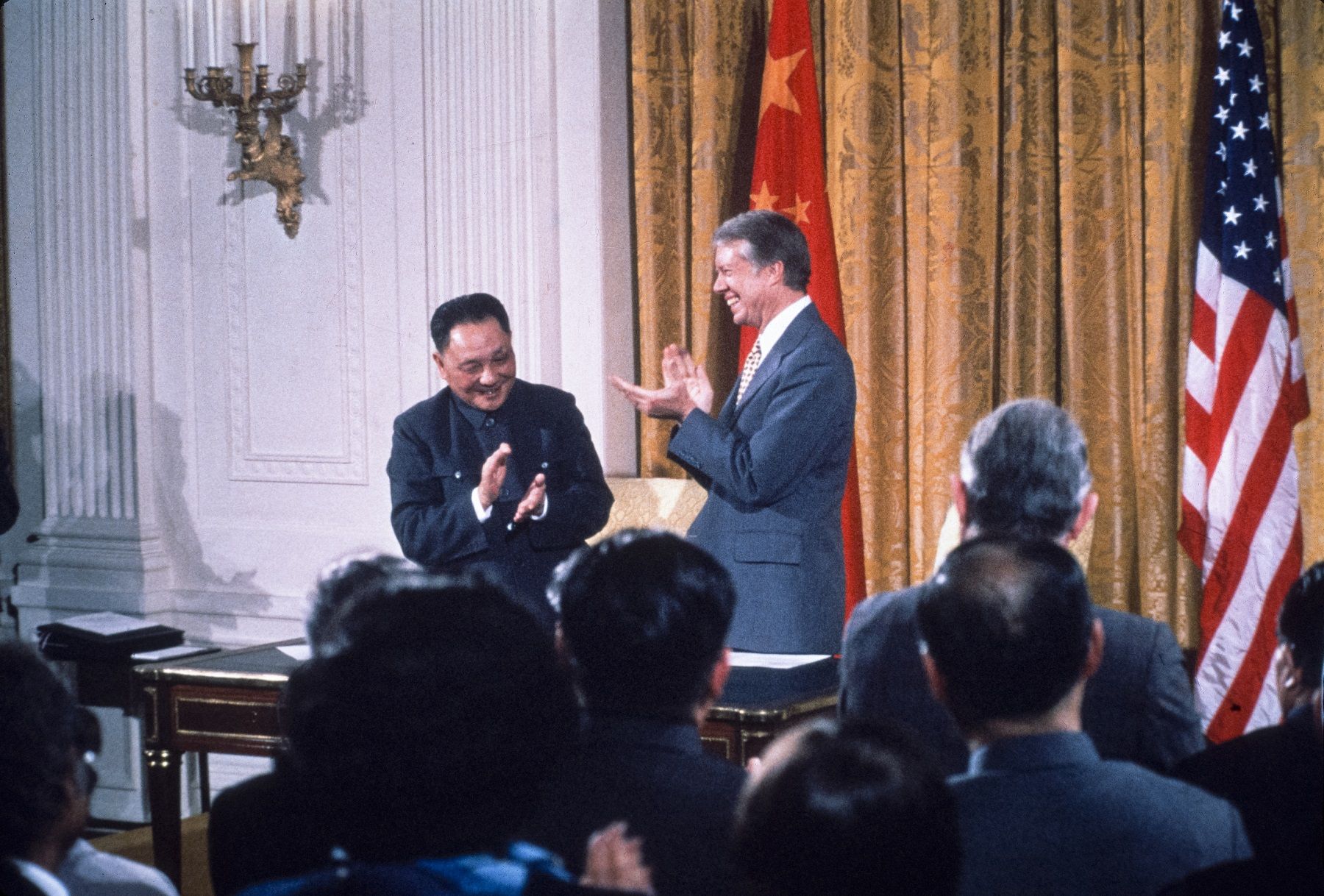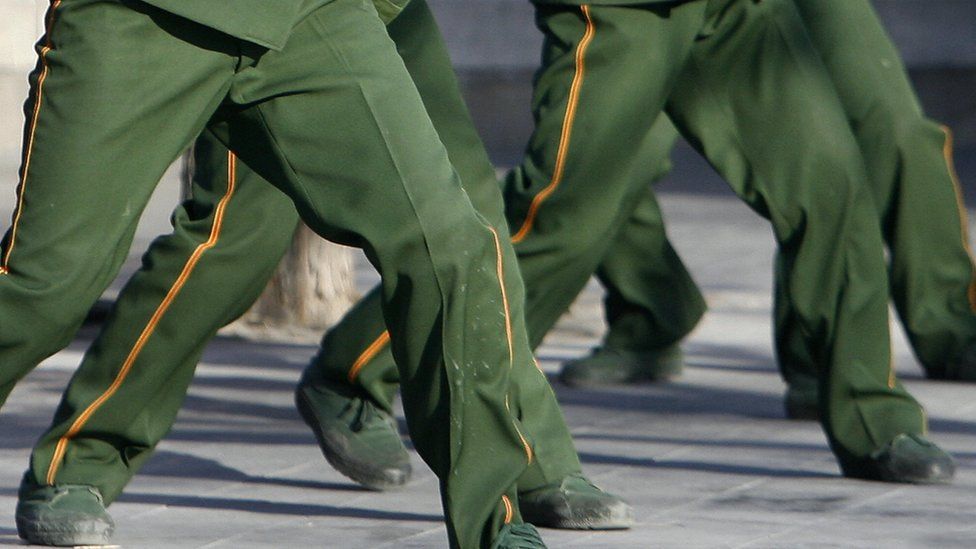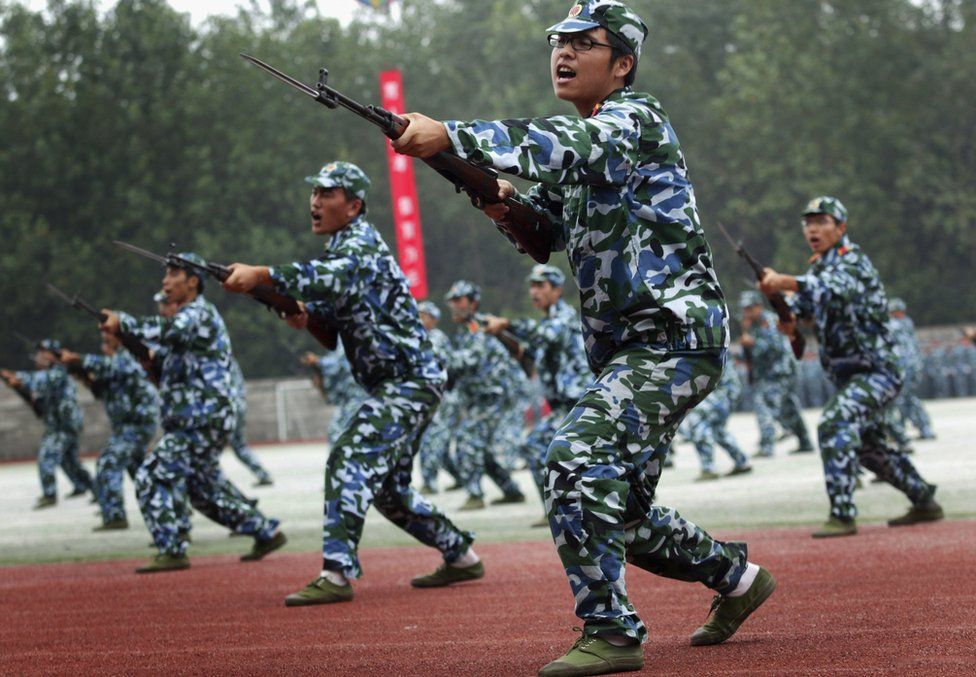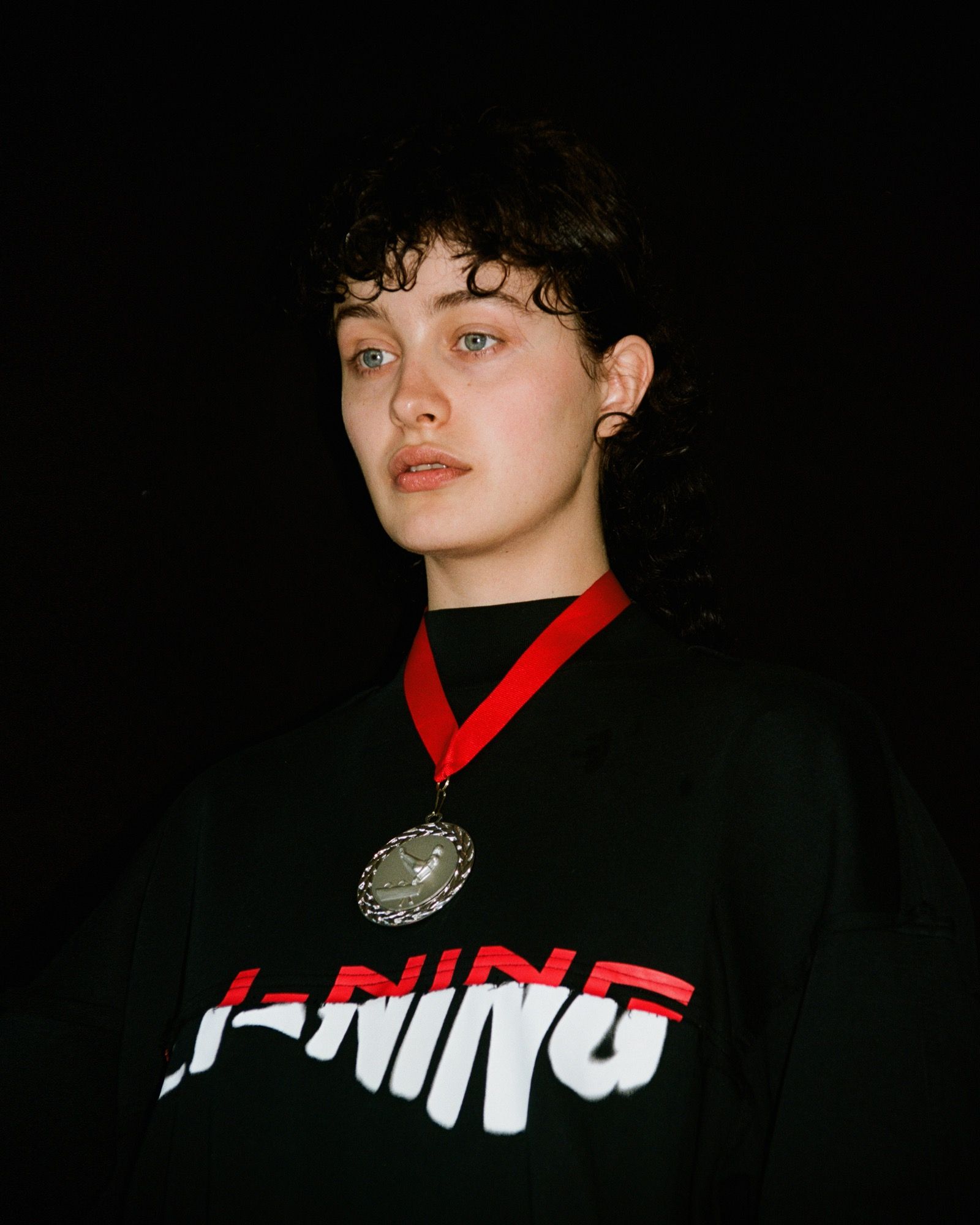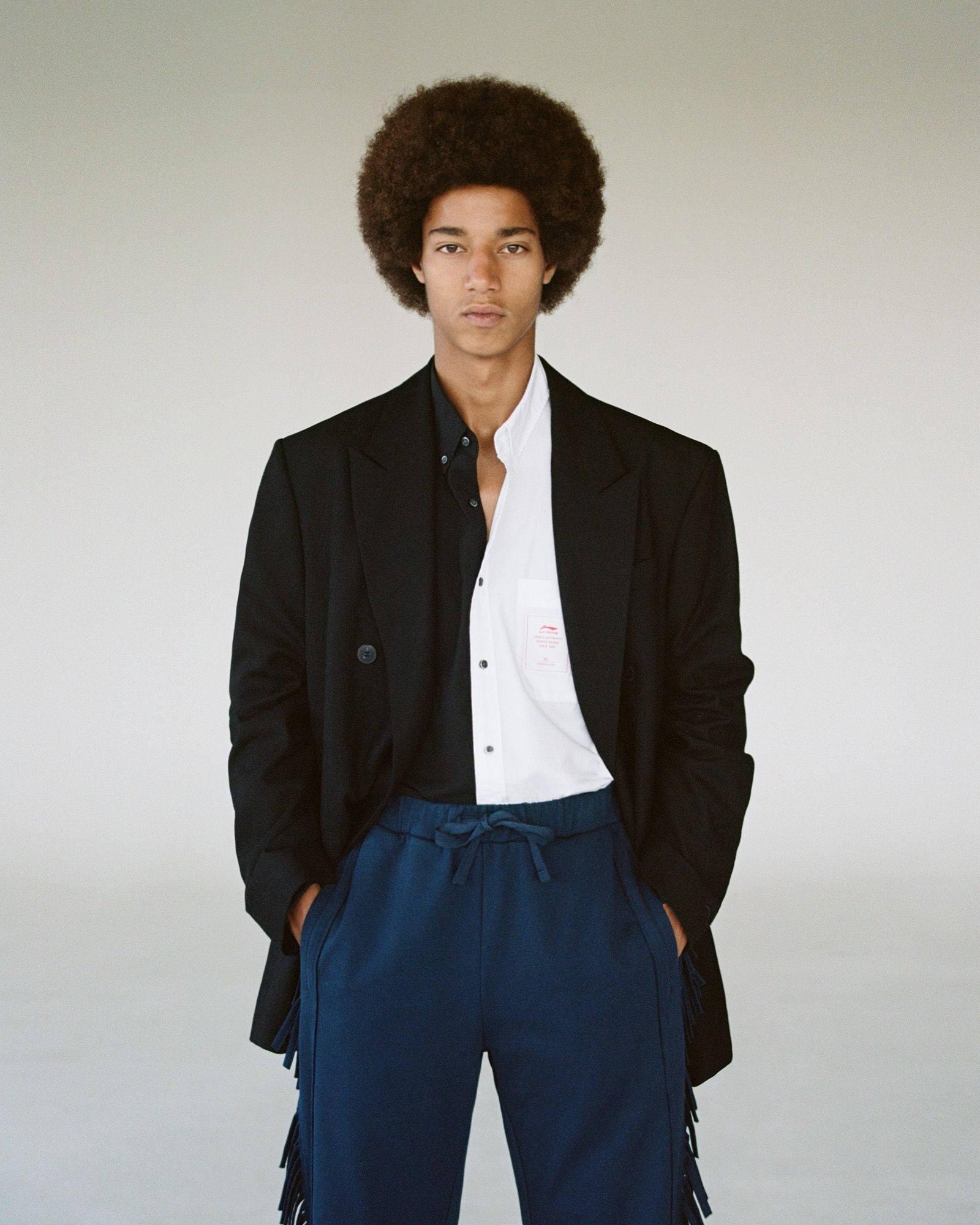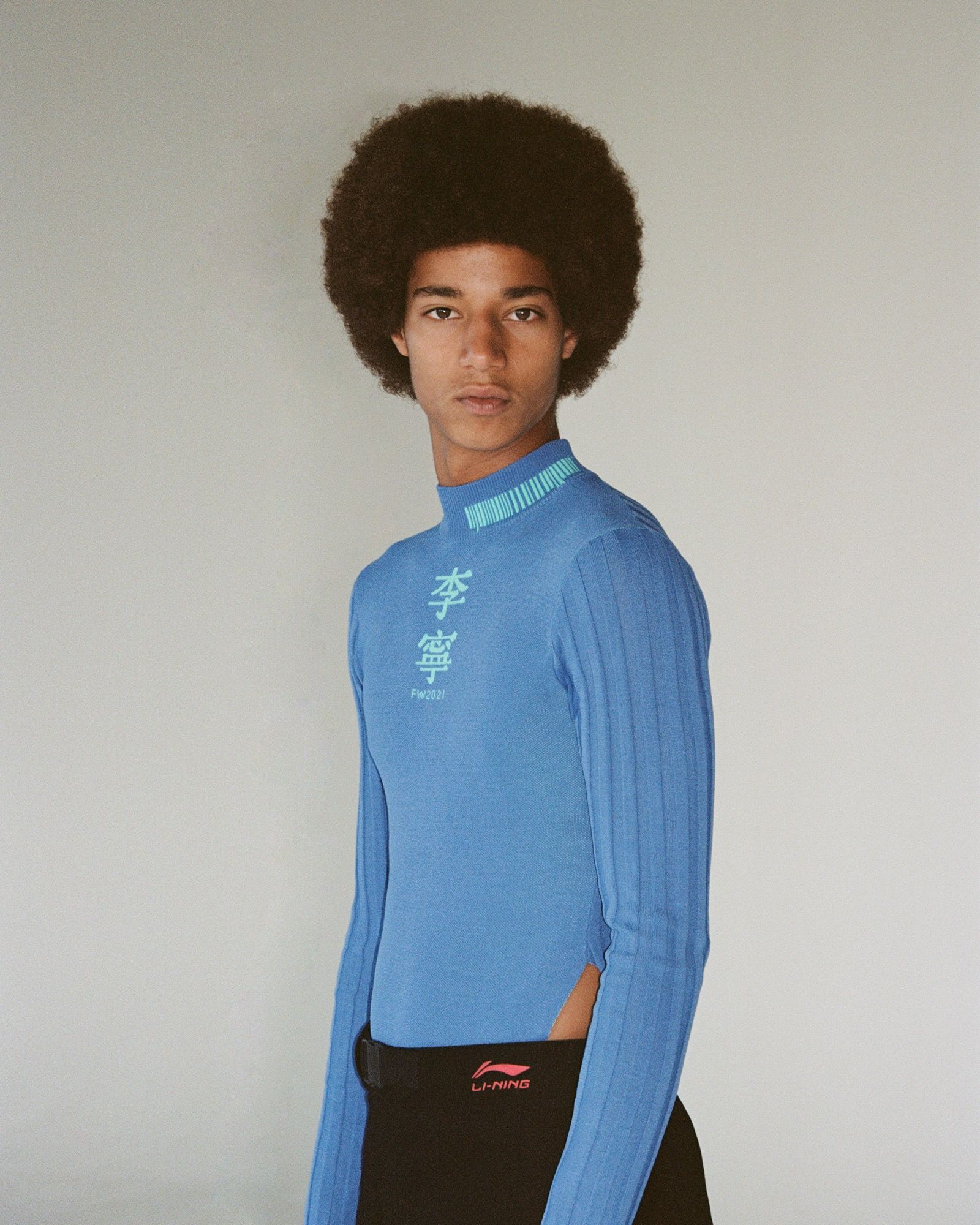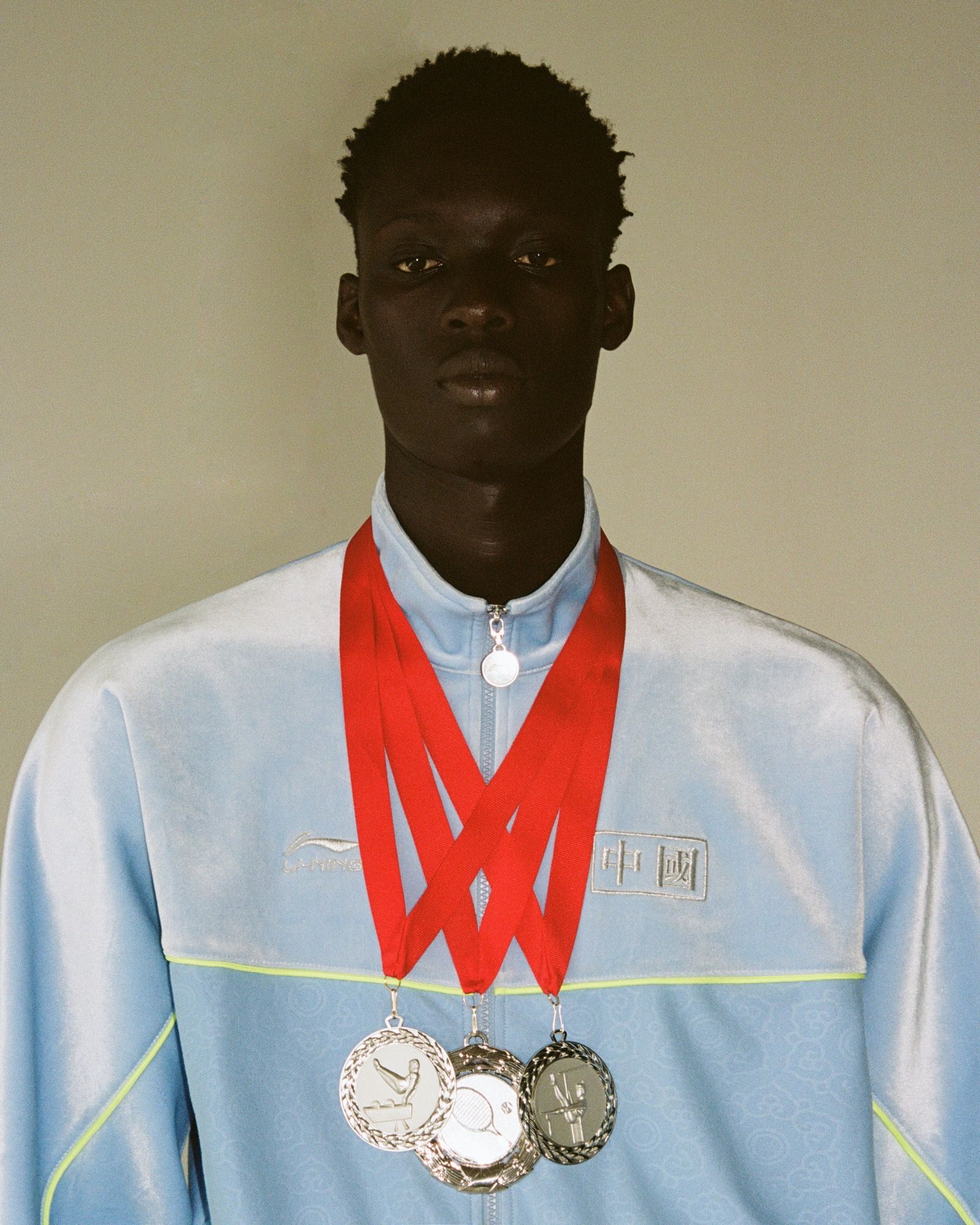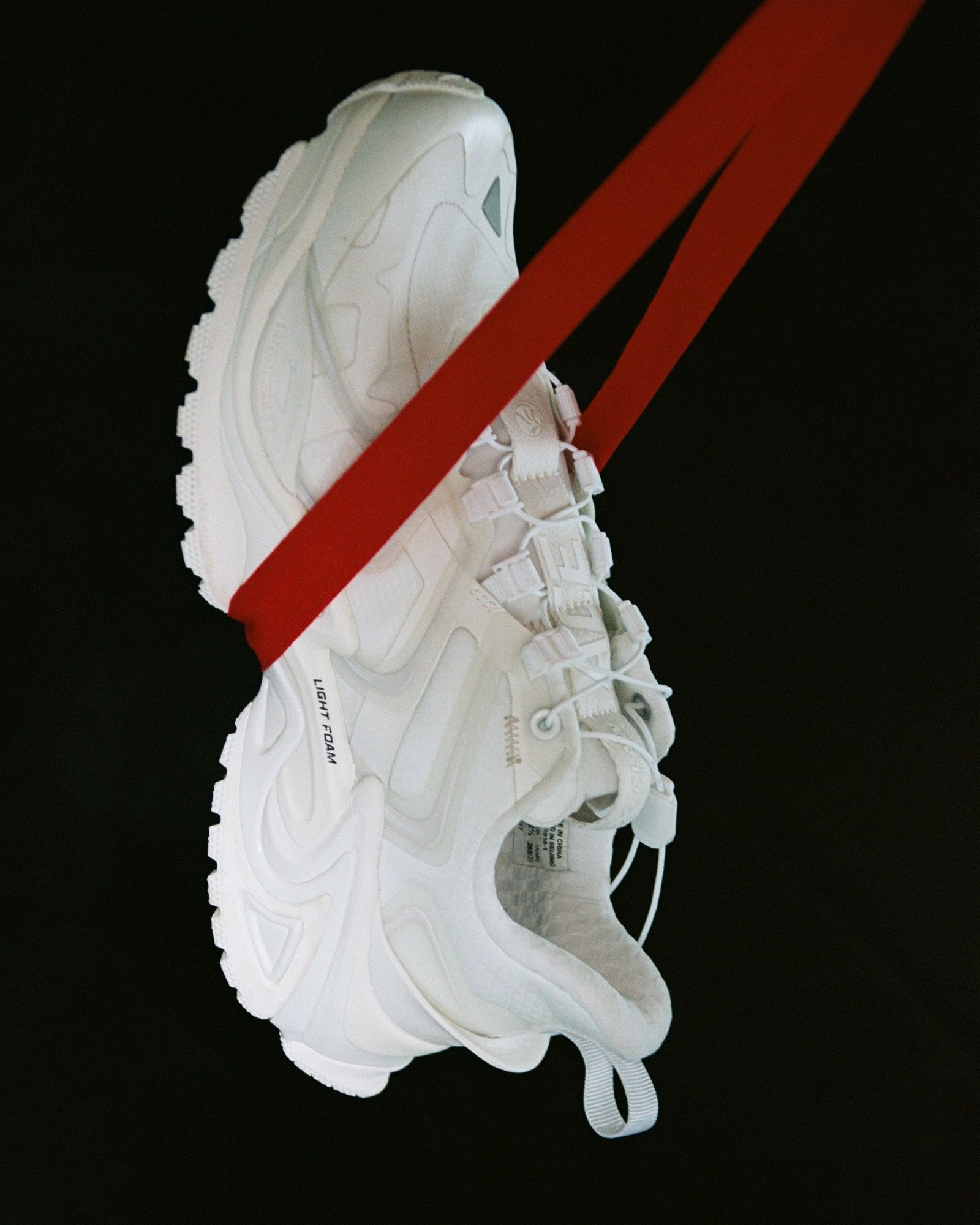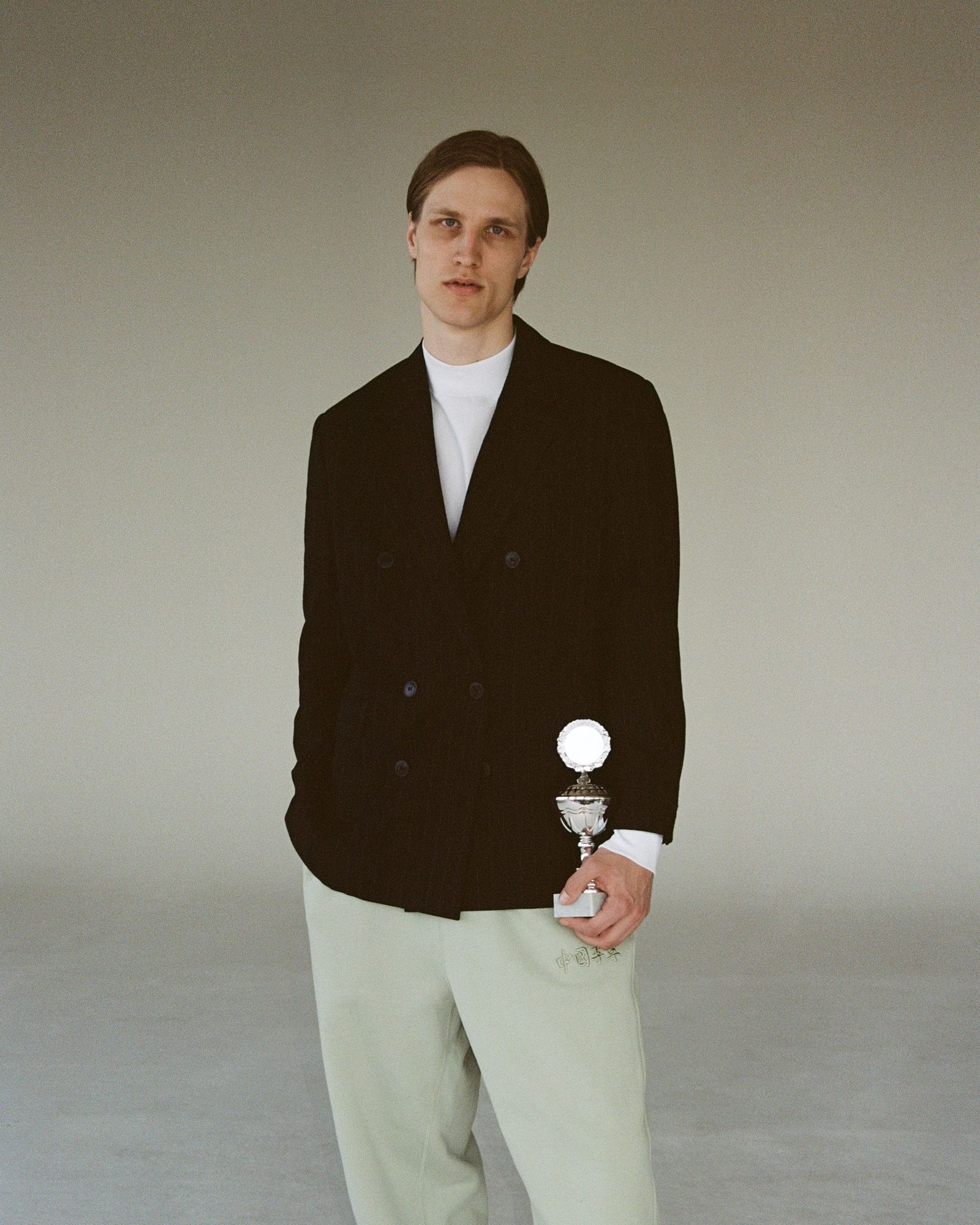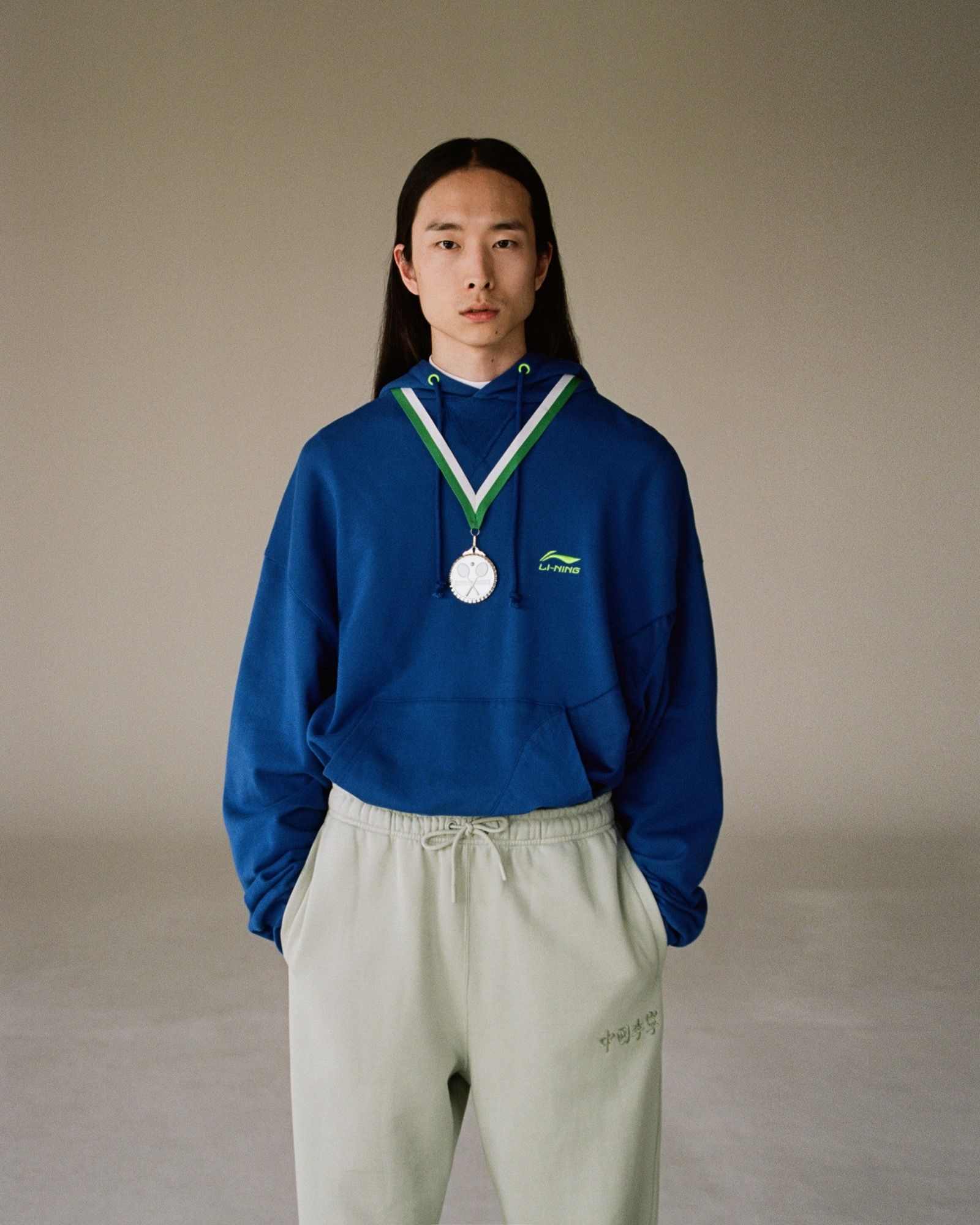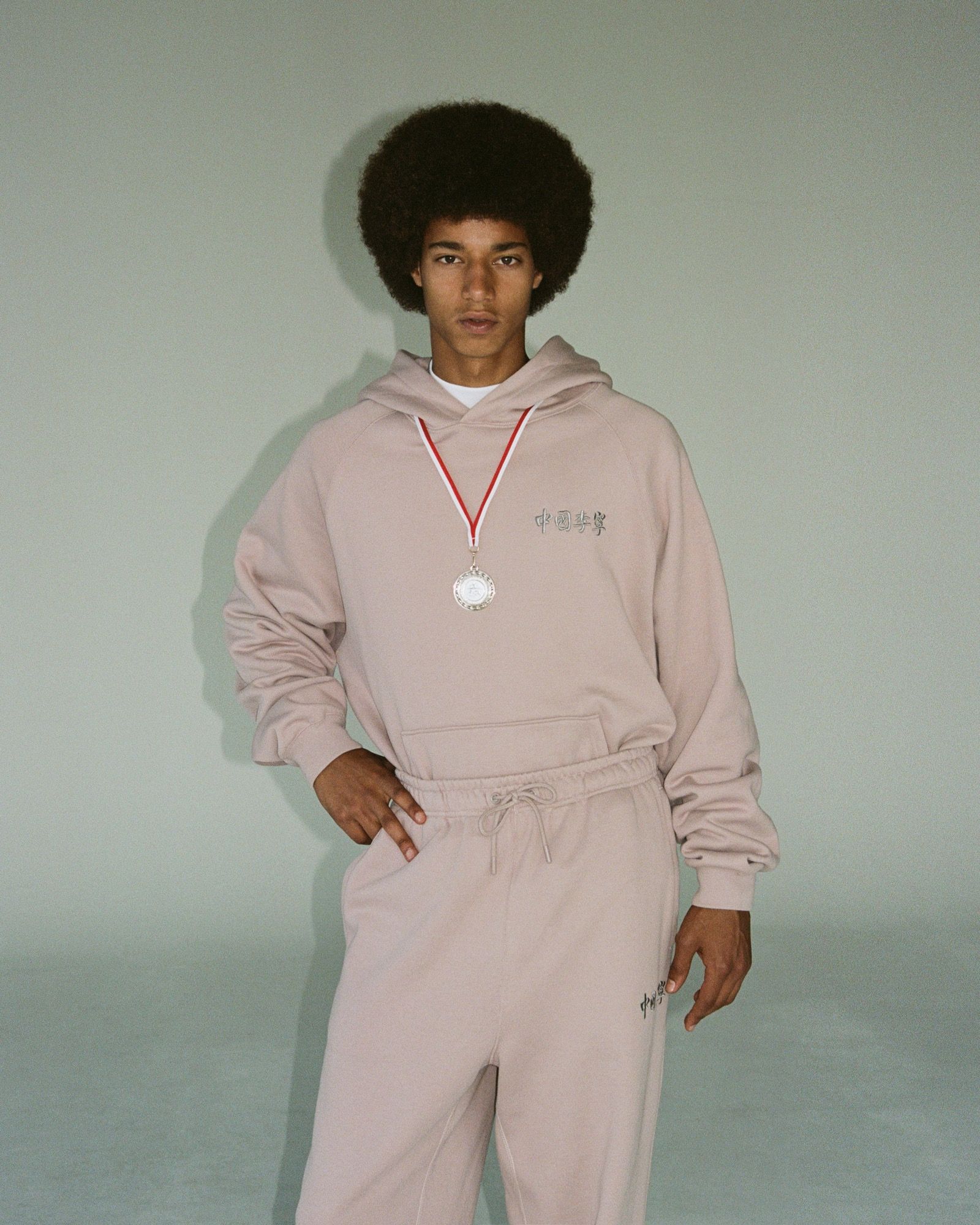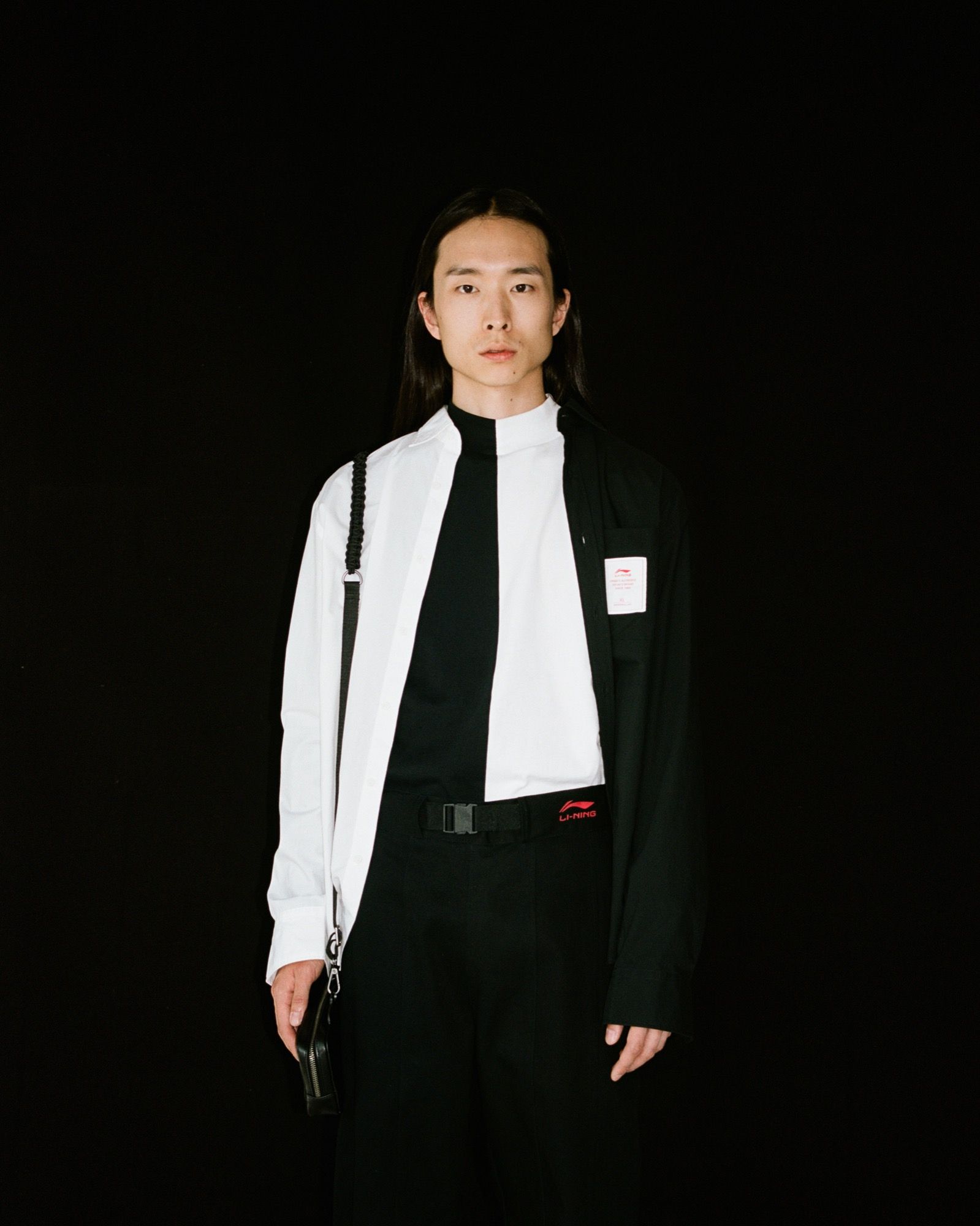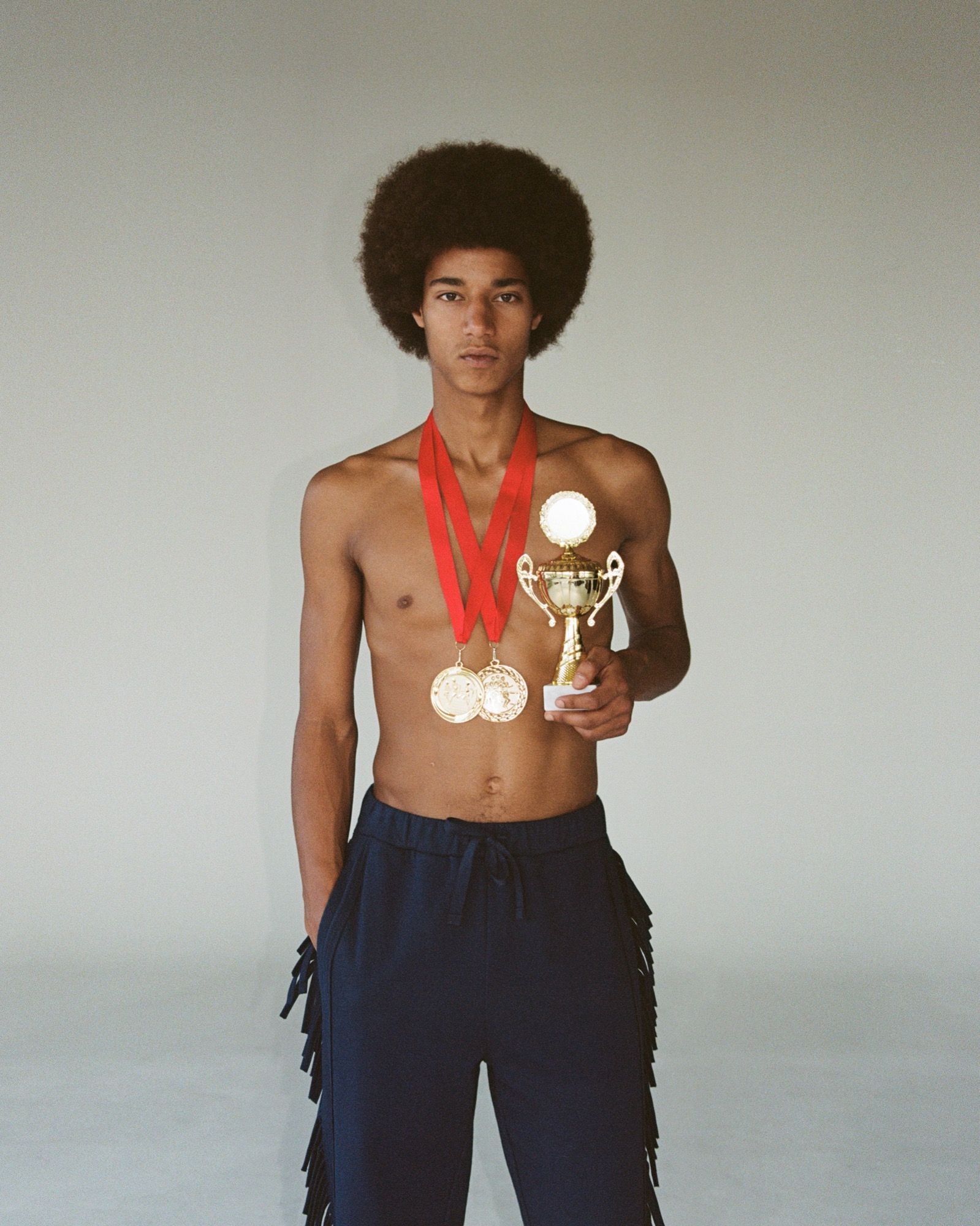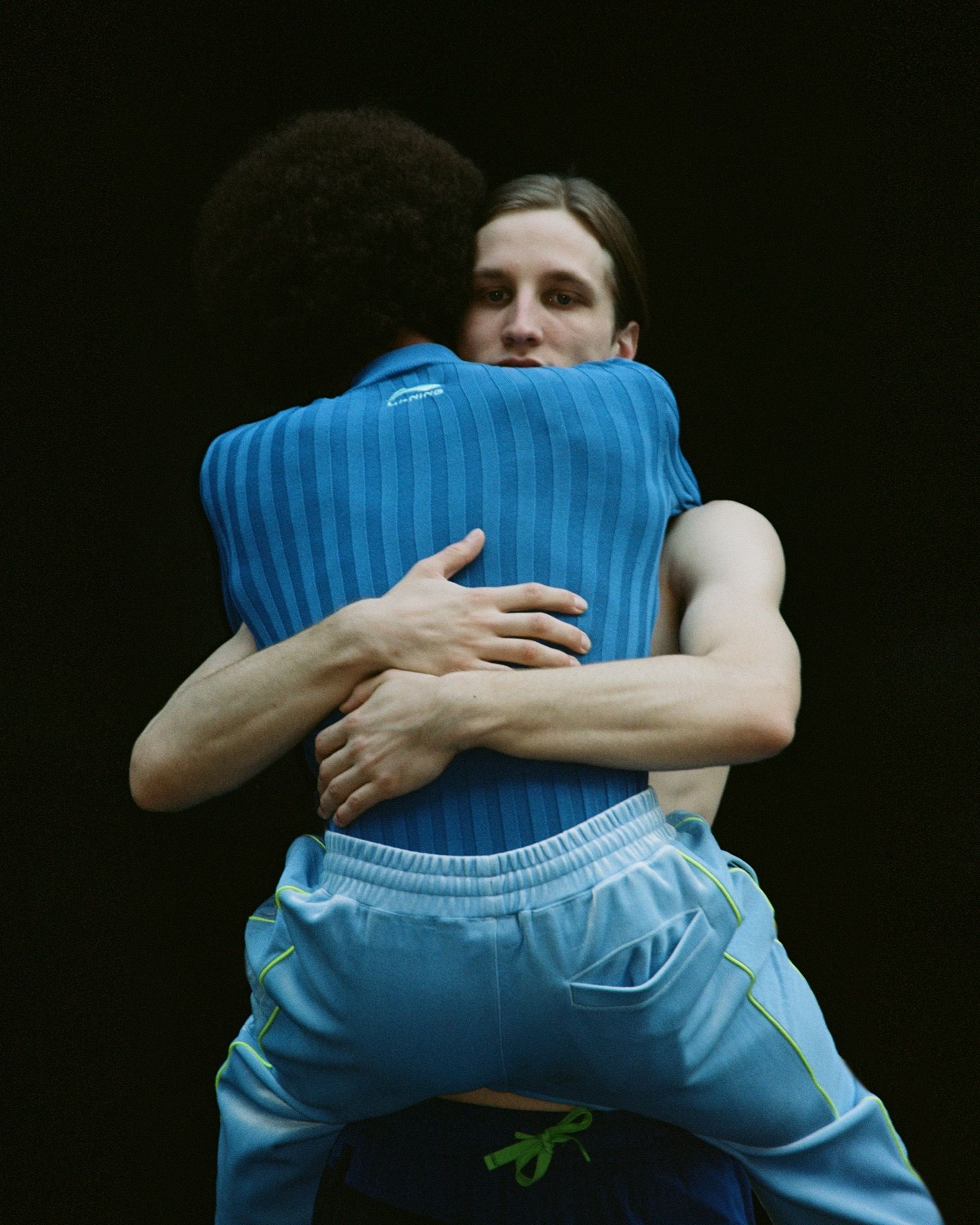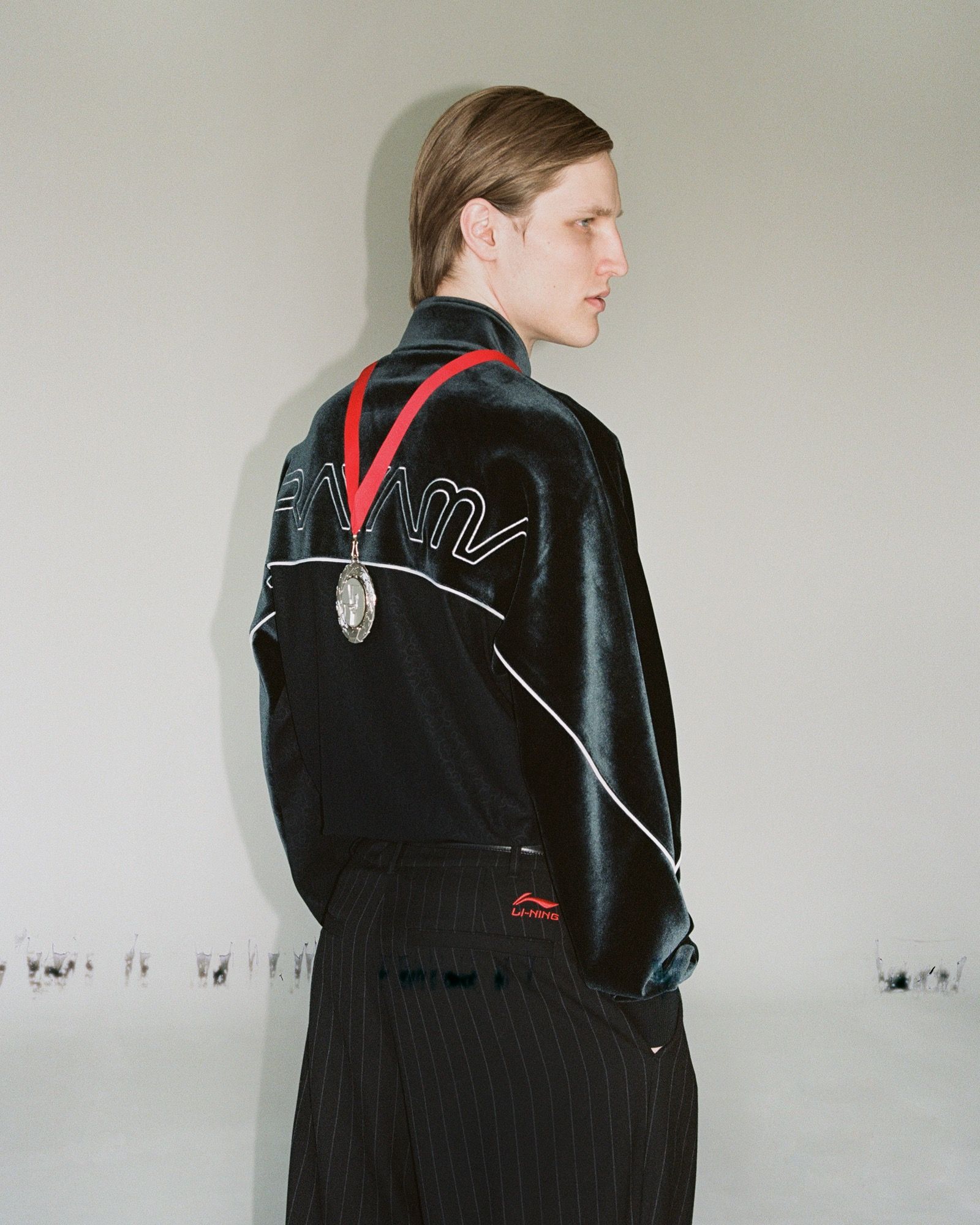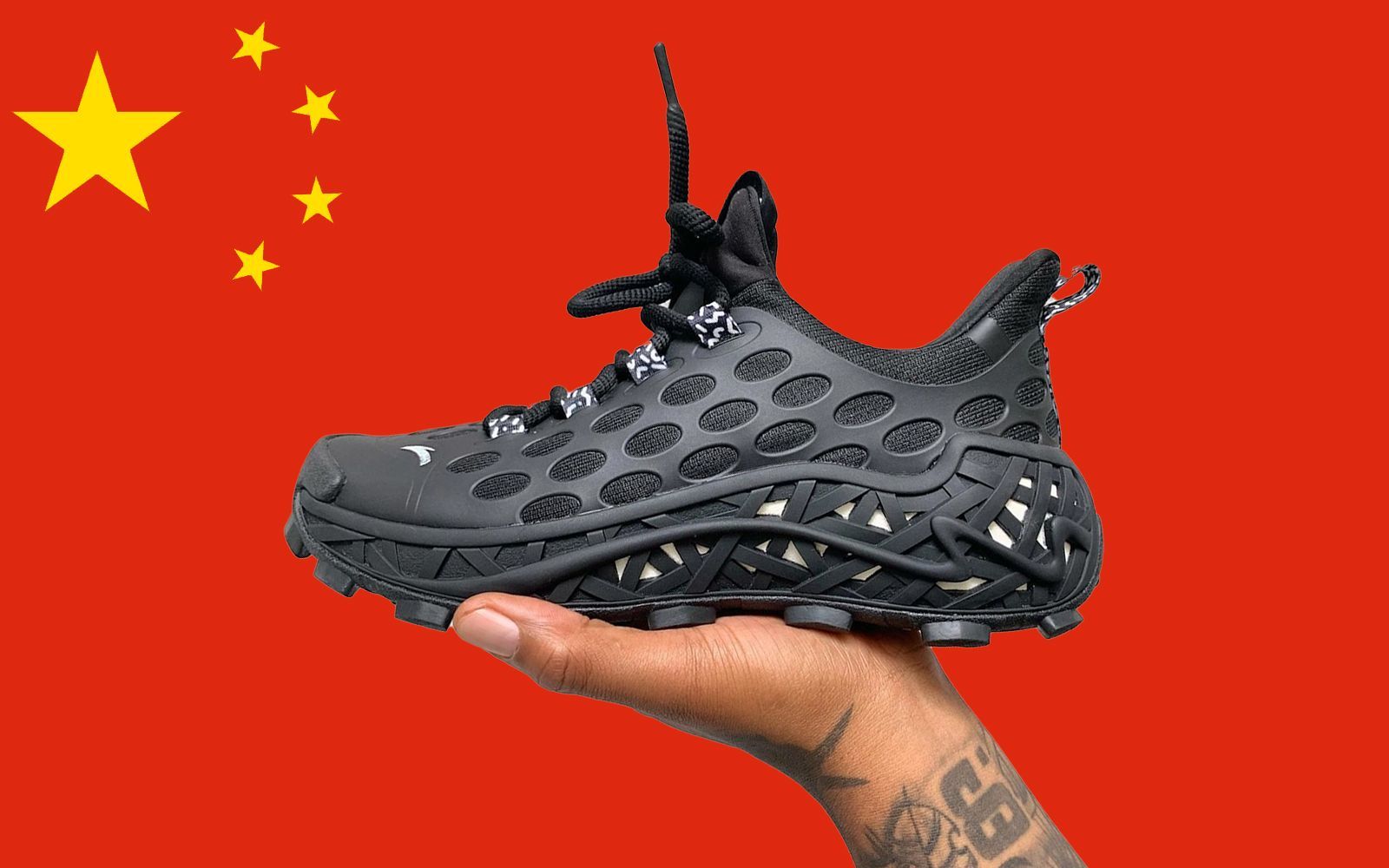
Why is the future of sneaker culture being written in China? Li-Ning and Anta's growth could threaten adidas and Nike's hegemony
No matter how much history they've already written behind them, adidas and Nike's supremacy in Chinese sneaker culture may be coming to an end. According to Jing Daily this year, the market value of the Chinese brand Anta is already $64 billion. That, compared to the $74.37 billion corresponding to the market value of adidas, suggests how much ground the Made in China brand has rapidly gained, in addition, the problems caused by the pandemic to the sneaker industry's supply chain combined with China's policies are changing the global balance established for centuries. The speed with which China is moving in its development strategies is unquestionable. Indeed, almost shocking if we consider that between adidas, Nike and the two Chinese competitors Anta and Li-Ning, almost half a century of history has passed. While in 1949 Adolf Dassler founded adidas and 15 years later Bill Bowerman founded Nike under the name Blue Ribbon Sports, China was about to enter what has remained in history as the bloody decade of Mao Zedong's Cultural Revolution (1966-1976). As Juanjuan Wu explains in Chinese Fashion: From Mao to Now, "fashion was not suppressed during the Cultural Revolution. It did, however, adopt a different mask, certainly not painted in vibrant colors." The power grip of the then leader of the Chinese Communist Party tacitly guided the people toward so-called pǔsù 朴素, sobriety. Far from the Western world-where Nike and adidas relentlessly experimented with innovative colors and materials to pair with athletes' technical performance-China instead came to terms with what it could and could not wear.
The totalitarian regime of Mao Zedong allowed the lǎo sān sé 老三, the "three ancient colors": blue, military green and gray. And while the sports suit was gaining fame in the West (with the rise of Nike and adidas logomania), a completely different kind of suit became so popular that the Chinese even associated it with the Armani suit: the Mao-style suit. It was worn with matching shoes, of course, but certainly not with the sneakers that everyone was sporting in Europe and the United States. "Blue or gray fabric shoes, handmade at home, were very popular among ordinary people," Juanjuan Wu writes further. - Then there were the so-called 'liberation shoes': made of canvas and with rubber soles, they were luxury pieces worn by the few who could afford a military uniform. This type of uniform had a long-lasting effect on the Chinese wardrobe. Even today, in small villages in China, you can still see someone wearing clothes, caps or shoes from the old military uniforms." The end of the Cultural Revolution and the death of Mao Zedong in 1976, as well as the advent of the new CCP leader Deng Xiaoping (promoter of the "Reform and Opening up" program of 1978), paved the way for a rebirth of the fashion industry that obviously embraced the sneakers sector as well. Ten years after Deng Xiaoping's visit to the USA (the first CCP leader ever to accomplish such a feat for diplomatic purposes), Chinese gymnast Li Ning founded in Beijing the sportswear brand of the same name now known as Li-Ning. In 1991 it was the turn of Anta Sports, created by Ding Shizhong: now China has finally laid the foundations for a sneaker culture 100% Made in China.
Japan, thirty years later. The Tokyo Olympics represented a great showcase for all sportswear brands, within which the Anta brand, official sponsor of the Chinese team, also found its slice of visibility. As confirmed by Jing Daily, Anta sneakers were present in the performance of 777 athletes (including the weightlifter Lü Xiaojun, already gold medalist at the London 2012 Olympic Games), of which 88 were on the podium. Incidentally: in a country like China, where patriotism is felt more than ever for obvious political reasons (today the leader of the CCP is Xi Jinping), wearing a Chinese brand is undoubtedly a source of national pride. Mirroring the world power it represents, the source reports that Anta is certainly not aiming to have only the esteem of the Chinese market, but to become the second most important sports brand after Nike.
Will it succeed? As of now, the road is the right one: Anta - in addition to representing a Chinese product in the creative and qualitative sense of the term (thus breaking the stereotype of Made in China as a meaning of very low quality) - knows how to communicate with its market (the same that Nike and adidas will undoubtedly have had to study in order to compensate for any cultural gaps). No less fundamental for Anta's brand awareness are the collaborations with Chinese athletes, such as dancer Wang Yibo, freestyle skier Gu Ailing, NBA player Klay Thompson and above all Salehe Bembury, one of the most important names in the sneaker game who last year created the Anta SB-02, creating a bridge between Eastern and Western sneaker cultures. An opposite direction has been taken by the Chinese sneakers brand Li-Ning, which on March 26th announced the collaboration with Xiao Zhan (member of the Chinese band X NINE) as global ambassador of the brand. In the advertising campaign, Xiao Zhan was portrayed with a total Li-Ning look to generate exactly the kind of phenomenon that occurred a few minutes after the publication of the photo: the sold-out effect.
Finally, to the detriment of the sales of Nike and adidas in China (but also of many other fashion houses) there has recently been a political factor: the protest over cotton from the XinJiang region. The denunciation that Western media exposed last March against China is based on the forced labor to which the ethnic minority of the Uighurs who work in the cotton fields in XinJiang would be subjected. And because it is "difficult to find out the truth" (quoting Mimi Lau's headline for the South China Morning Post), many Western companies have stopped buying Chinese cotton from the area. In response, the Chinese have boycotted Western brands, Nike and adidas included. The obvious consequence? Jing Daily confirms that Li-Ning's profit increased by 4.2% (quantifiable at $2.2 billion). A non-random preference, undoubtedly motivated by the desire to wear Made in China brands that reflect patriotic and nationalist values. A preference that closes the circle and confirms the thesis: what if the future of sneaker culture was written in China?















































